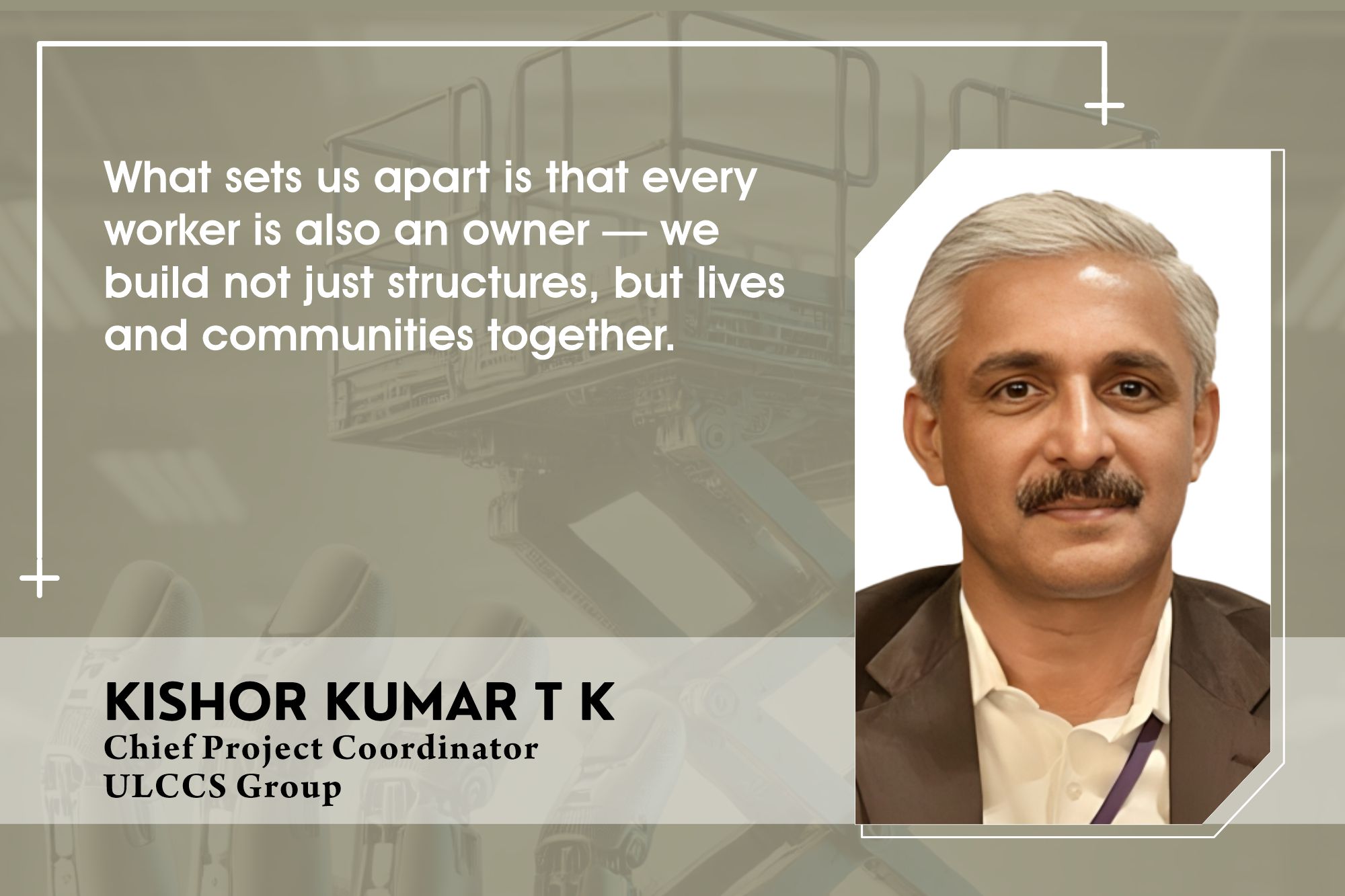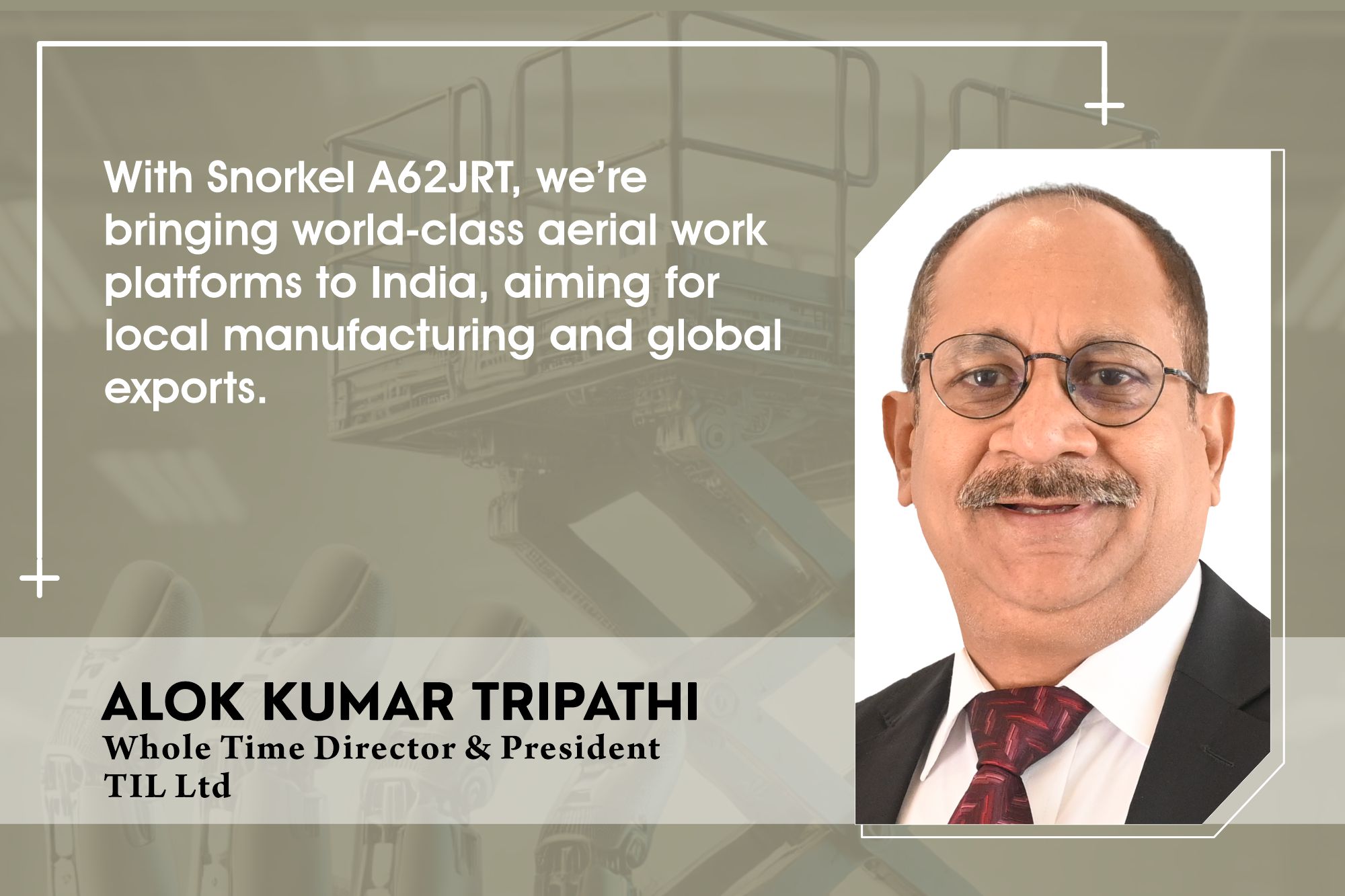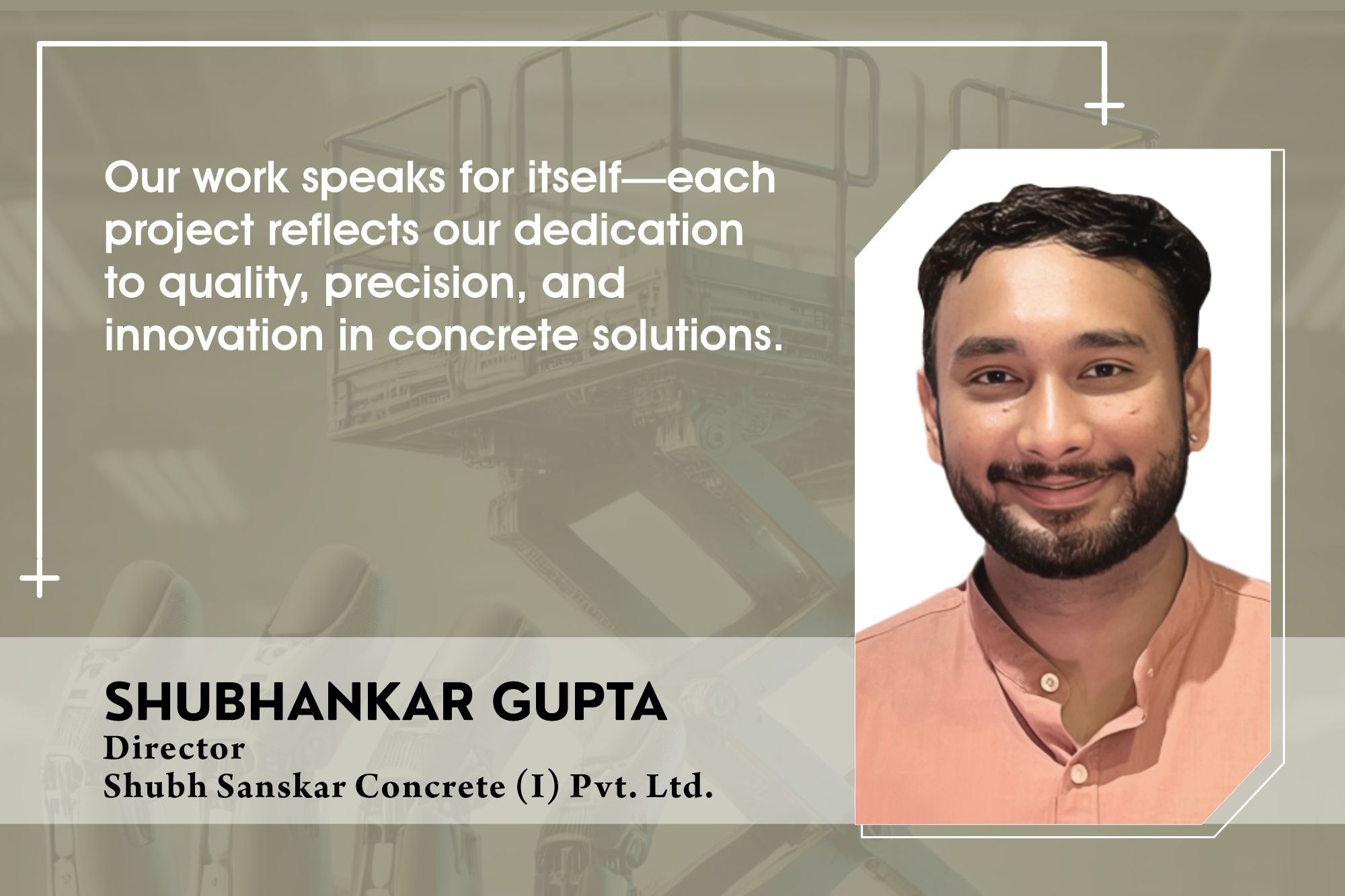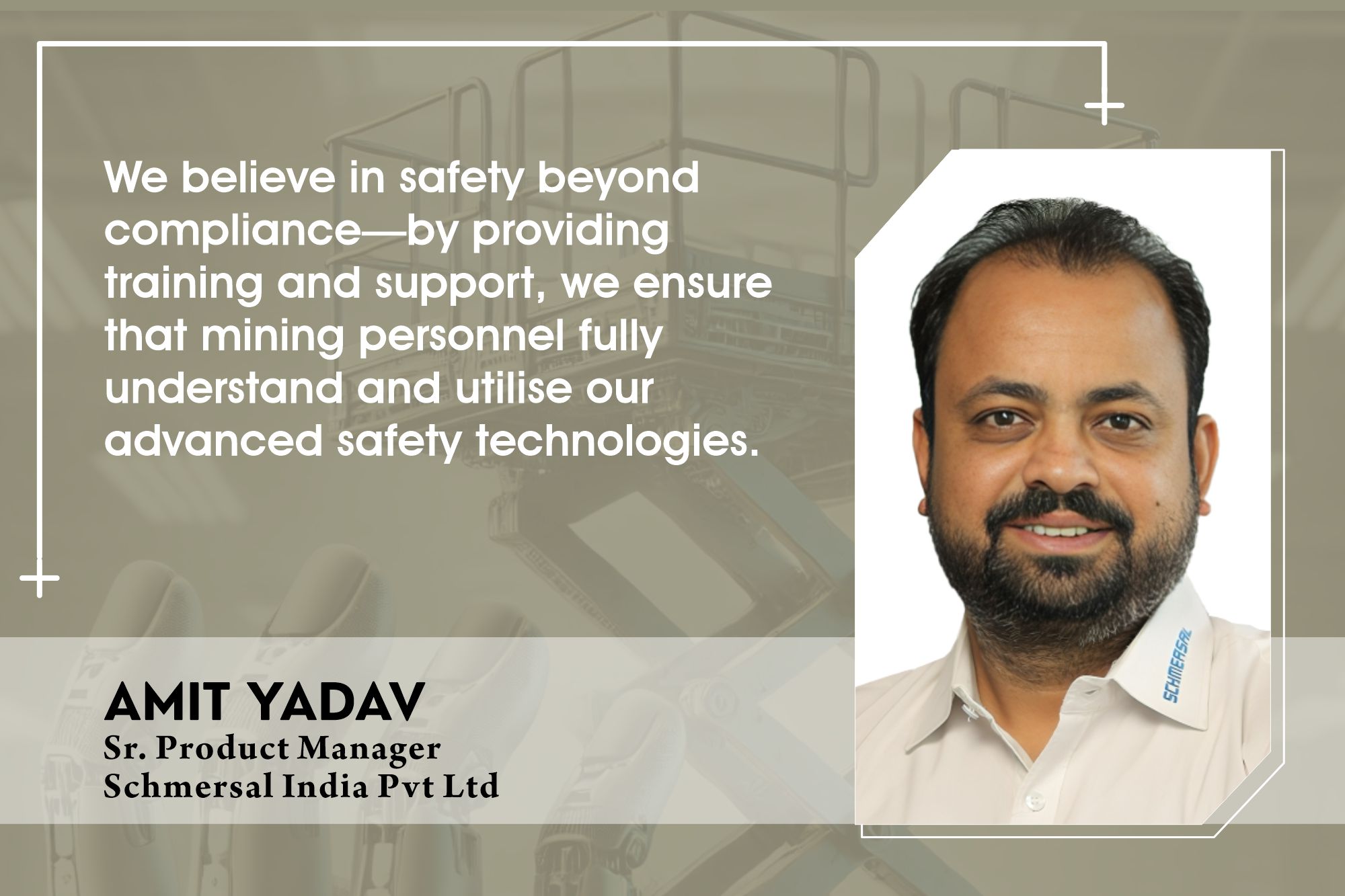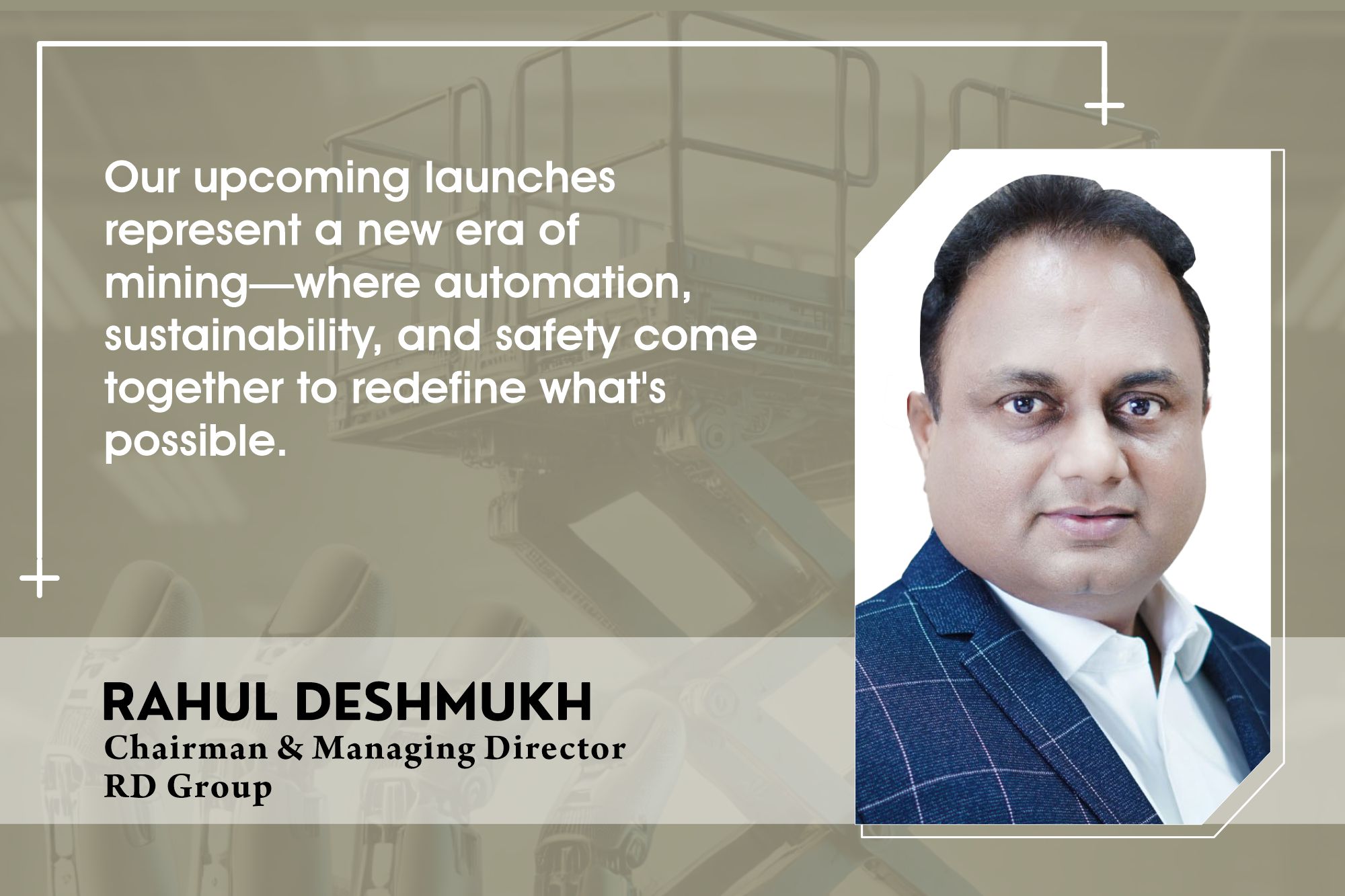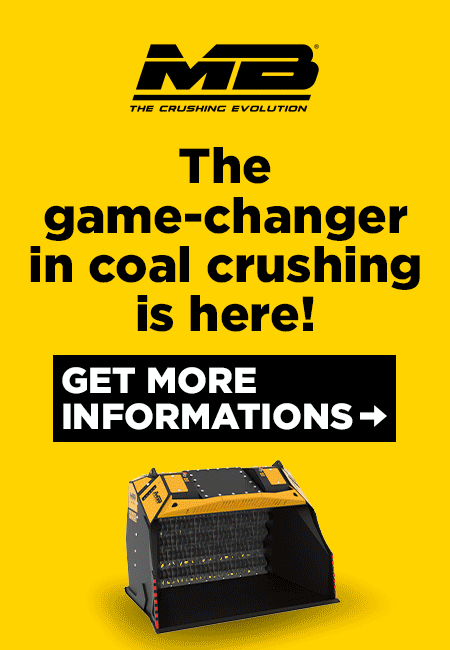Right Crane can offer enormous cost savings
By Edit Team | December 30, 2015 11:15 am SHARE

Procurement trends
Customers today are definitely more aware of what the global marketplace has to offer and several do demand the same in India. This has ensured that the major Indian manufacturers have stepped up their game through product upgrades or international tie ups. Acceptance of lighter and more compact cranes is a shift that has happened within the past 4-5 years, factors that can give several advantages to clients.
Sharing his outlook on the current trends in procurement of material handling equipment (MHE) industry in India, Tushar Mehendale, Managing Director, ElectroMech Material Handling Systems said, “The industry has started becoming more and more customer-oriented as compared to the past. Customers today expect a high-quality and well-timed customer service. Therefore, manufacturers have to place enabling structures in a place ensuring zero customer complaints and prompt responses to service calls.”
Technology has always been one of the important industry trends. However the crane industry has not seen too many revolutionary changes in technology over the past few years.
However, Tushar believes, there is a segment of customers that still base specifications on very old designs, demanding thruster brakes etc. “These come typically from the government requirements or from certain consultants that may have not kept abreast with the latest technology available in cranes today,” he raised his concerns.
Tips for buying MHE
Tushar suggest, while selecting cranes for a particular project, clients should consider their requirements carefully taking into account the area they want to cover, maximum load to be lifted and the load capacity required at the tip of the boom. He adds, “The right crane solution will cater effectively to all these requirements as well as offer value addition in terms of power consumption and optimisation of structural costs in the case of a new project.”
For project based purchases, such as for an infrastructure project, the overall reliability and longevity of the equipment being purchased should be taken into account. According to Tushar, “A crane is typically designed for a 20 year lifecycle – an infrastructure project will be completed in a fraction of this time. With minor modifications and retrofits, the right crane can offer enormous cost savings for future projects.”
Moreover, he recommends, “Selection of the supplier should be done so as to ensure a reliable and safe crane, with adequate service back-up across the country.”
ElectroMech: closer to the customer
ElectroMech is in the business of building cranes since 1979. The company believes in a solutions approach to selling. “We don’t just sell cranes but we provide well engineered hoisting solutions. Hence we ensure that with a partnership approach with our clients, we see to it that the client is in a position to economise on his investment and derive maximum value,” Tushar said.
Today ElectroMech has a sales and service network across the country with offices in New Delhi, Jamshedpur, Ahmedabad, Mumbai, Bengaluru and Chennai. Its headquarters and main manufacturing plant are located at Pune. In addition to these offices, the company has residential service engineers stationed at various important industrial hubs like Rudrapur and Coimbatore.
Revealing ElectroMech’s future expansion plans, Tushar says, “We are in the process of setting up a new manufacturing facility in Chennai to cater to our customers in southern India.”
——————————————————————————————————————————————————————-
While selecting cranes for a particular project, clients should consider their requirements carefully taking into account the area they want to cover, maximum load to be lifted and the load capacity required at the tip of the boom.
Tushar Mehendale, Managing Director, ElectroMech Material Handling Systems
Cookie Consent
We use cookies to personalize your experience. By continuing to visit this website you agree to our Terms & Conditions, Privacy Policy and Cookie Policy.


